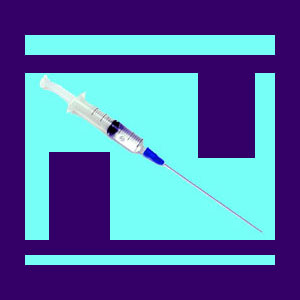
Although there are many options for facet syndrome treatment, most are somewhat illogical from a curative viewpoint. Most of the treatments used for diagnosed facet joint syndrome are not even designed to resolve the structural issues thought to be causative for pain. To put it simply, treatments for facet joint pain offer mostly symptomatic relief, at best. This is the usual path of medical care for back and neck pain sufferers. A medical cure is really only available with surgery. So, patients have the choice of ongoing symptomatic care with no hope for a cure or facing the considerable hazards of spinal surgery. Not a great choice to have to make from any perspective.
This essay investigates the most widely used therapies for facet joint pain and provides recommendations on which are best suited to provide long-term relief.
Facet Syndrome Treatment Options
The following choices represent the typical therapy options offered to most patients. It is crucial to realize the strengths and weaknesses of each before undergoing treatment:
Physical therapy can increase the comfortable range of motion, as well as improve circulation and oxygenation. I cover this approach thoroughly in my article dedicated to facet syndrome exercises.
Pain management drugs are the most common symptomatic care modalities. Most patients do not fully comprehend the variety of risks and negative health effects associated with ongoing pharmaceutical use.
Heat is commonly soothing for arthritic diagnoses, although the reasons why are somewhat vague and may point to a misdiagnosis of the underlying causative process when relief is drastic.
Chiropractic manipulation of bones that are deemed to be painful due to movement does not really make much sense, but this does not stop millions of patients from seeking regular spinal adjustments. Some patients find chiropractic to alleviate symptoms temporarily, although how this occurs is not obvious.
Posture therapy can help a patient learn to move better, despite their pain.
Acupuncture is a great all natural and nonpharmaceutical method of pain management.
Back surgery offers a full range of treatment choices including the specialized facet rhizotomy procedure. Surgical intervention for true cases of facet joint pain enjoys some of the best results, compared to many other back and neck pain diagnoses which are treated surgically.
For more comprehensive information, see our page detailing the vast selection of possible back pain treatments.
Treating Facet Syndrome
Remember that facet syndrome is normal. Many of us will develop facet arthrosis as we age. You can not expect to have gray hair, wrinkles and be far sighted, but still have the facet joints of an 18 year old. It is unlikely that large areas of severe pain are caused by facet syndrome. If you have minor symptoms which are localized and dependent upon vertebral movement, then the diagnosis makes more sense.
Getting a few opinions from different types of doctors will help to prevent misdiagnosis and may lead to more options when it comes to treatment, as well.
If surgery becomes your only option, make sure to be confident in the diagnosis and the surgeon, to improve your chances for a positive result. Really research your procedural options, since there are truly a great number or techniques available. I always recommend choosing the least invasive solution which will actually resolve the structural issues. This way, your surgical recovery will be faster and more comfortable and you will be able to get back to life as usual in no time.
If all else fails, or you suspect that something is not right in the diagnostic process, you might consider learning more about knowledge therapy as an alternative approach to facet syndrome care.




